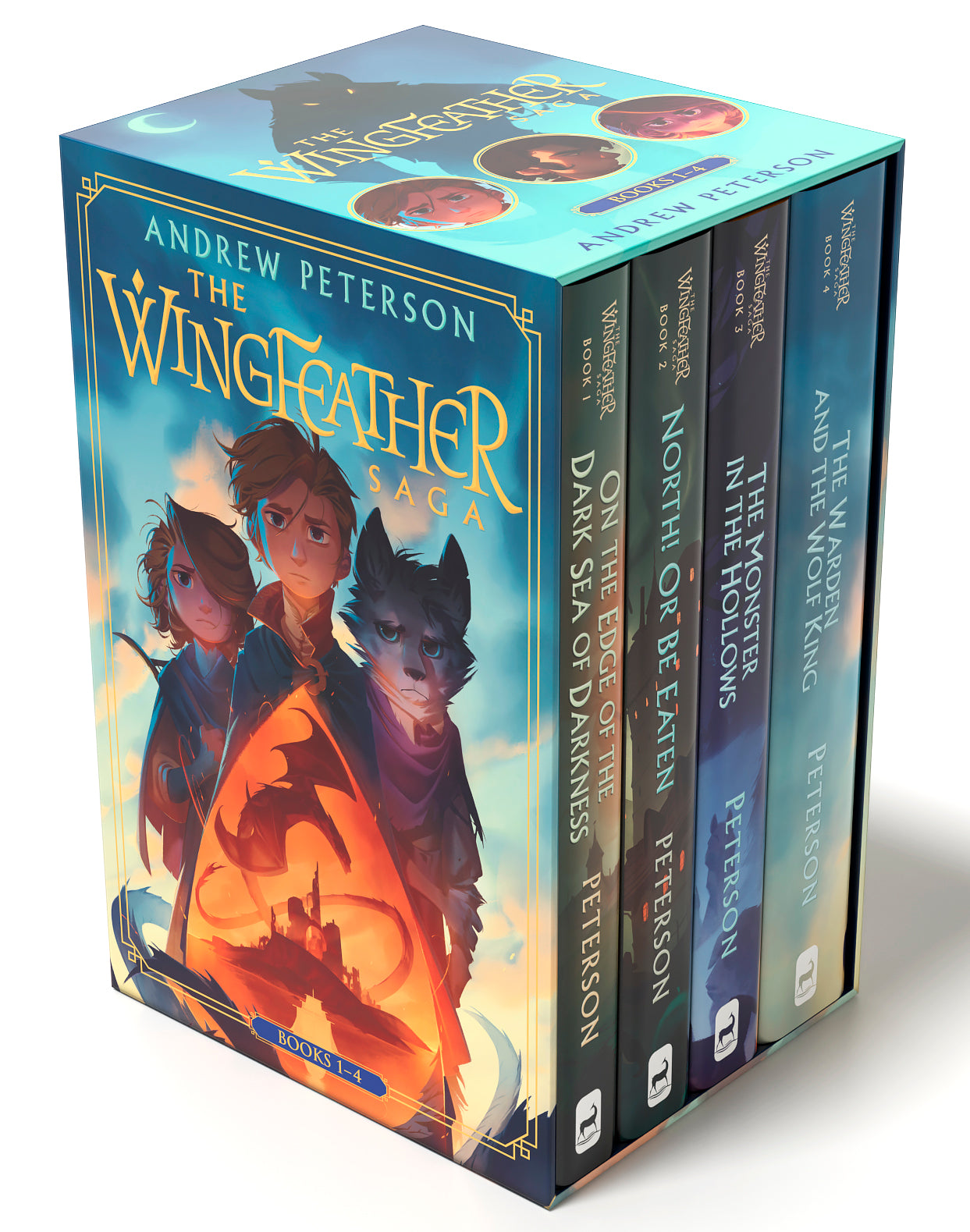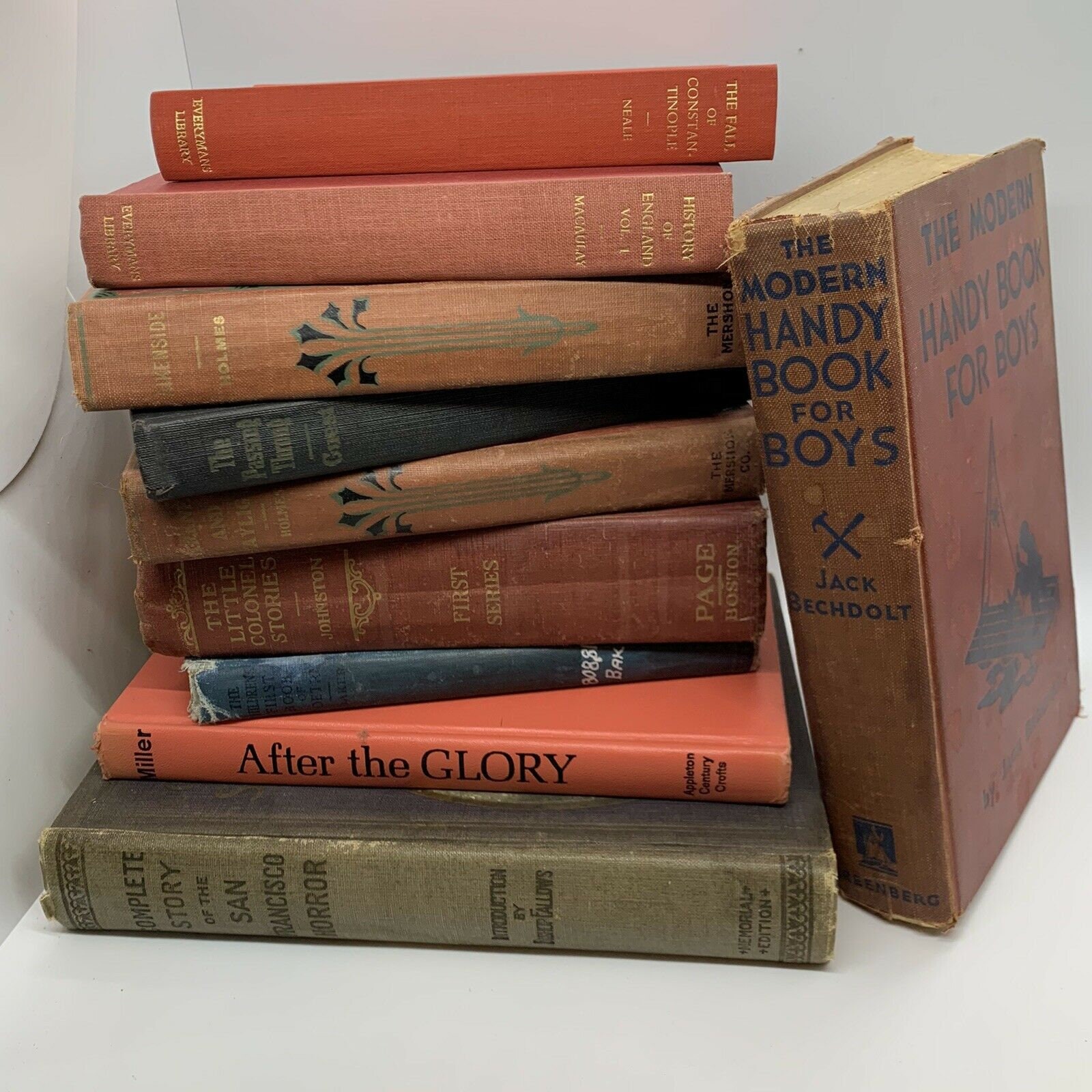A Comprehensive Guide to the Refine of Hardcover Books Printing
When you start the journey of hardcover publication printing, understanding the entire process is vital. From preparing your manuscript to choosing the best materials, each step plays a crucial role in the final item. You'll require to ponder style aspects and printing methods that fit your vision. As you navigate through binding and quality assurance, you'll find that every decision influences the publication's total charm. What comes next in this intricate process?
Understanding the Hardbound Book Framework
When you discover the world of hardbound publications, you'll promptly observe that their structure is deliberate and distinctive. You'll discover a textile or natural leather covering, which not only improves aesthetics yet also adds to the publication's long life.
The text block itself includes multiple trademarks, or folded sheets, sewn together for stamina. You'll see that the back is strengthened, permitting a smooth lay-flat reading experience - hardcover books. In addition, guide's weight often communicates a feeling of top quality and permanence
Hardcover books generally include a dirt jacket, which works as an advertising device while protecting the cover. Understanding these aspects assists you value the workmanship behind hardbound publications and their one-of-a-kind appeal in the literary world.
Manuscript Preparation and Modifying
Obtaining your manuscript prepared for printing is crucial, and it begins with correct formatting standards. You'll require to recognize the editing and enhancing procedure to improve your job and guarantee it resonates with readers. Plus, mastering proofreading techniques can help you catch those bothersome errors before your book goes to print.

Manuscript Format Guidelines
Correct manuscript formatting is vital for creating a professional-looking hardcover publication. Begin by choosing a basic font like Times New Roman or Arial in 12-point dimension. Usage double-spacing throughout the paper to boost readability. Set your margins to 1 inch on all sides, giving your message space to breathe. Number your pages in the leading right corner, and include your chapter titles at the beginning of each brand-new area. Usage clear headings to suggest areas, and prevent too much format like vibrant or italics unless necessary. See to it to proofread your manuscript for uniformity in vogue, guaranteeing that everything from spelling to spacing follows your chosen guidelines. Adhering to these steps will certainly set a strong foundation for your book.
Modifying Refine Basics
Editing your manuscript is a necessary step that can change it from a harsh draft into a refined final item. Bear in mind, editing and enhancing isn't simply about repairing mistakes; it's about fine-tuning your voice and guaranteeing your message resonates with viewers. Embrace the procedure, and you'll see your manuscript shine.
Checking Strategies Review
As soon as you have actually polished your manuscript through modifying, the next step is to assure it's free of errors that might sidetrack readers. Read your manuscript aloud-- this helps you hear awkward phrasing and area typos. Take into consideration printing your manuscript; reading on paper can expose errors that screens miss out on.
Creating the Publication Cover and Inside
When you're developing your publication cover and interior, you'll intend to concentrate on vital design aspects that capture your audience's interest. Picking the ideal typography designs and thoroughly picking shades and imagery can make all the difference in sharing your book's theme. Let's discover how these choices can boost your work and bring in readers.
Vital Layout Components
Producing an appealing publication cover and a properly designed inside is crucial for bring in viewers and improving their experience. Choose colors and pictures that show your book's theme and state of mind.
A clean, organized style aids visitors navigate effortlessly. Remember, a natural style throughout your publication fosters an expert appearance that can significantly affect a viewers's decision to pick it up.
Selecting Typography Designs
Typography plays a necessary role in both the book cover and indoor design, shaping just how readers view your web content. When choosing typography styles, consider your book's category and target market. A timeless serif typeface may work well for literary fiction, while a contemporary sans-serif could suit a contemporary book. Warranty readability; your text ought to be very easy on the eyes, especially for longer passages. Pay focus to font dimension and line spacing, as these elements impact total flow. Mixing typefaces can add passion, but limit it to 2 or 3 to preserve coherence. Believe about power structure-- make use of various check designs for headings and body text to assist readers easily with your job. Your typography selections will significantly affect the viewers's experience.
Color and Imagery Choice
Picking the appropriate colors and imagery is necessary for capturing visitors' interest and sharing your book's themes. Beginning by considering your category; dynamic colors could help a children's book, while muted tones fit a secret story. hardcover books. Use imagery that resonates with your material-- photos, images, or abstract styles can boost your message
Consider the emotions you intend to evoke. Warm shades can produce excitement, while cool shades commonly convey peace. When designing the cover, make specific the imagery doesn't bewilder the title and author's name; clearness is key. Inside, utilize regular color design that complement your typography. This cohesive strategy not only boosts your book's aesthetic yet also improves the reader's experience, making it much more remarkable.
Picking the Right Paper and Materials
When selecting paper and materials for your hardbound publication, it's important to consider just how they'll influence the overall look and feel of your task. Beginning by picking the right paper weight; heavier stock commonly shares quality and durability, while lighter paper can develop an extra fragile touch. Consider the finish as well; shiny paper boosts shades and images, while matte can provide a sophisticated, downplayed appearance.
Don't neglect concerning the cover materials. Towel, leather, or printed paper can establish the tone for your book. If your project includes images, choose acid-free paper to avoid yellowing in time. Furthermore, consider the binding materials; utilizing premium sticky warranties your book lasts.
Inevitably, the options you make here reflect your vision, so take the time to example different products (hardcover books). Your choices will aid develop a book that's not only aesthetically attractive but practical and also sturdy
The Printing Refine: Methods and Technologies
A range of printing strategies and modern technologies can bring your hardcover publication to life, each offering distinct benefits. Digital printing is a popular selection for short runs, enabling for fast turnaround and economical solutions.
For unique effects, you could consider techniques like aluminum foil marking or embossing, which can include a lavish touch to your cover. Furthermore, you can go with numerous inks, including eco-friendly choices that deal with environmentally aware readers. Understanding these methods aids you make informed choices, guaranteeing hardcover books your hardbound book not only looks wonderful yet likewise fulfills your production needs efficiently. Pick the appropriate method to raise your publication's appeal and impact.
Binding Methods for Hardcover Books
Several binding approaches can change your hardcover book right into a attractive and durable item. One prominent option holds true binding approach, where the web pages are sewn together and afterwards connected to a stiff cover. This provides superb durability and a specialist appearance. One more approach is the best binding, which uses adhesive to hold the pages with each other, enabling for a sleek back however much less toughness compared to instance binding.
You could also think about spiral binding, which enables your publication to lay level, making it perfect for guidebooks or workbooks. Each binding approach has its advantages and fits different needs, so think regarding your book's objective and audience when choosing the finest choice for your task.
Quality Control and Final Touches
After picking the right binding approach for your hardbound book, quality control ends up being important to confirm your final product fulfills your expectations. Start by examining the published pages for any type of errors or variances in color and format. You don't wish to miss any typos or misprints that can influence your readers' experience.
Next, inspect the binding integrity. Verify the pages are securely connected which the back is tough. A well-bound book not just looks specialist however likewise feels durable in your hands.
Additionally, focus on the cover. look at this website Seek any type of scuff marks or misalignments in the artwork. If you have actually decided for special finishes like embossing or aluminum foil stamping, make certain they're used regularly across all duplicates.
Ultimately, carry out a detailed assessment of the entire set before relocating to distribution. In this manner, you can verify that every publication shows your high standards.
Often Asked Questions
How much time Does the Hardbound Publication Printing Process Commonly Take?

What Is the Minimum Order Quantity for Hardcover Books?
The minimum order quantity for hardbound publications normally starts around 100 copies, but it can differ based upon the printer. You must talk to your selected printing service for their particular requirements and rates.

Can I Publish Hardcover Books in Customized Sizes?
Yes, you can publish hardcover books in customized dimensions. Lots of printing solutions supply flexibility with dimensions, allowing you to choose a style that fits your job. Simply verify the specs prior to positioning your order.
Exist Eco-Friendly Options for Hardbound Publication Printing?
Yes, you can locate eco-friendly options for hardcover book printing. Many companies use sustainable inks and recycled products. Simply ask your printer concerning their environment-friendly techniques to assure your job lines up with your environmental values.
What Are the Costs Connected With Hardcover Book Printing?
When taking into consideration hardcover book printing expenses, you'll need to element in products, style, and printing methods. Added costs like delivery and binding can likewise influence your total spending plan, so strategy appropriately for your project.
When you commence the trip of hardcover book printing, recognizing the whole process is vital.A variety of printing techniques and modern technologies can bring your hardcover publication to life, each offering distinct benefits. How Lengthy Does the Hardcover Book Printing Refine Usually Take?
The hardbound book printing procedure usually takes about 2 to 6 weeks.Yes, you can locate environment-friendly options for hardbound book printing.